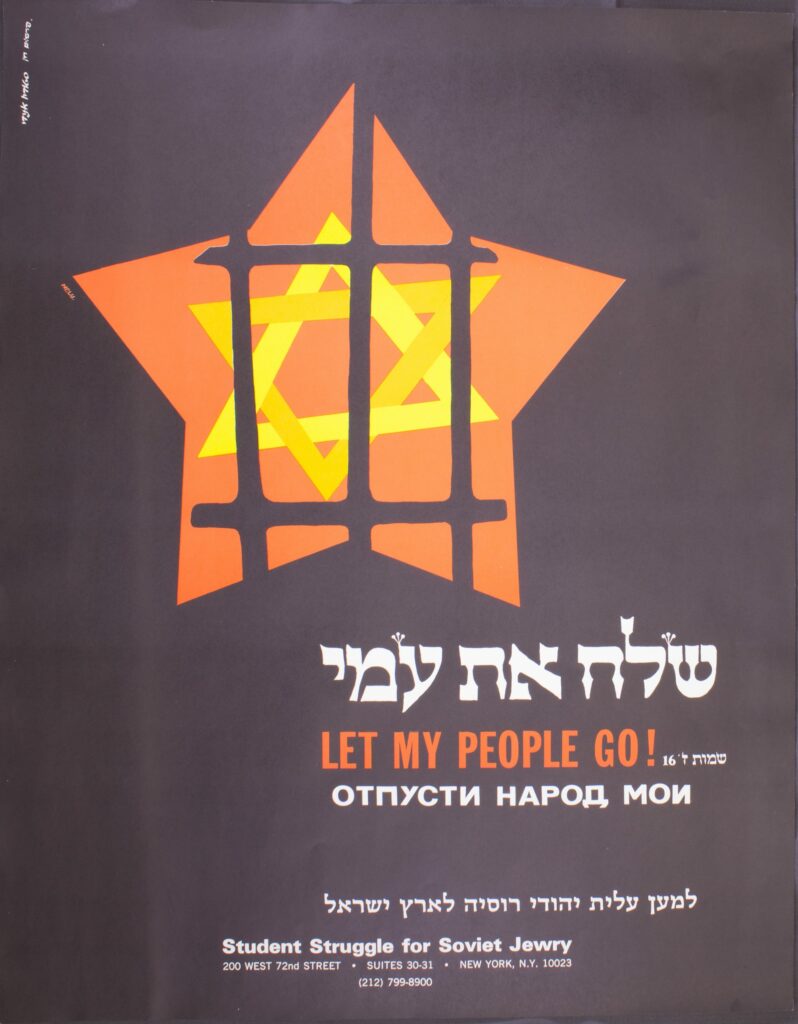Begin by asking students if they have ever attended a protest. Students should then share what the protest was about, what actually transpired, and what the results of the protest were (as far as they know).
Use the “Post-War Life” section of the online exhibition to learn about the experiences of Jews in post-war Soviet society and then have them read a few individual experiences in the “Stories” section. Suggested survivors include:
As a class, look at an example of a poster that was used during the protests regarding the Refuseniks:

Discuss how they believe the poster tells the story of the Refuseniks and how it was designed to provoke a response. Ask students: What about the poster’s design/message was provocative? Do they think this was an effective way to protest and create change? Why or why not?
Be sure to tell the class that the protests used in the movement created enough pressure to result in the release of some Jews during the 1980s and how many more left Russia after the collapse of the Soviet government.
Ask students to consider what issues are the most important to them today, and how protesting could create change. Ask students where an effective protest would take place (such as online, in their school, at the White House, at the UN, etc.) and who the target audience would be. Have them consider what text content and elements of design would make a protest poster effective. Ask them to design a poster that addresses the issue most important to them.
Click here to download PDF.





